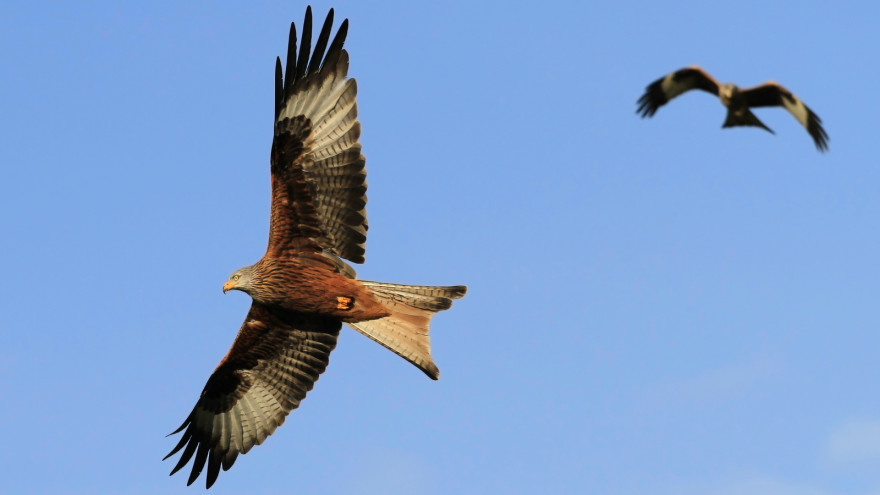With some notable exceptions, most birds can fly with ease. But how do they do it? Birds seem to fly with such ease that it's difficult to understand the mechanics behind their aerial acrobatics.

anatomy
Their special, hollow-like bones appear to be designed specifically for flight, being dense but strong and rigid, supporting the birds off the ground during flight. A bird's wings are shaped like an airfoil, much like an airplane's wing, which reduces the pressure above the wing and creates lift.
hover
The acrobats of the bird family, hummingbirds can hover in mid-air, beat their wings more than 50 times per second, and fly backwards with purpose! Their ability to hover is challenged by kestrels, which can levitate them over grass edges and keep their heads perfectly still to spot mice and voles scurrying below.
speed
Most fast-flying birds use powered flapping flight, but this consumes a lot of energy. When peregrine falcons reach speeds of 320 kilometers per hour (the fastest of all animals), they get around this problem by hunching down and swooping.
gliding
Soaring birds, such as hawks and vultures, glide between the warm thermal humps and circle within to gain altitude. This strategy is very useful for these large birds, which expend a lot of energy to propel their flight.
take off
For large birds, taking off can be one of the most challenging aspects of flight. This problem can be solved in several ways. Some run into the air to create enough airflow, others simply catch the wind or fall into the air from a tree branch or the edge of a cliff.
flightless bird
Although we associate birds with flight, some birds don't fly at all. This is largely due to a lifestyle that does not require flying. Ostriches are excellent runners and can reach speeds of up to 72 kilometers per hour, while penguins are born to swim, although one might say they can almost fly through the water.
animal tags:
We created this article in conjunction with AI technology, then made sure it was fact-checked and edited by a Animals Top editor.